
|
Goldfinch
|
||
|
Taken
at Lochwinnoch on 1st February 2022 using Nikon D500 with Sigma 600 mm zoom lens.
|

|
|
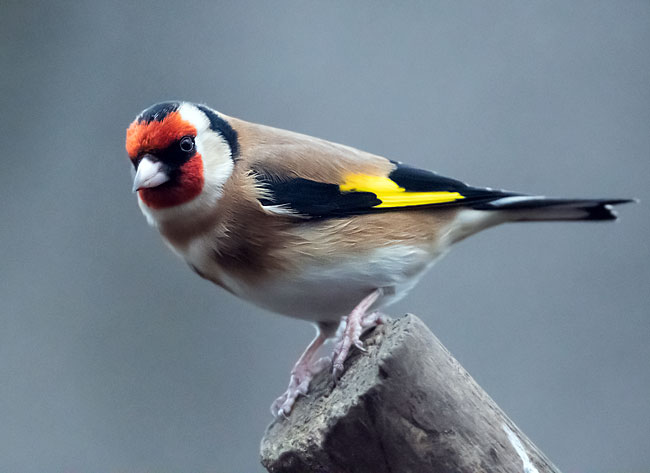
| Taken at Baron's Haugh on 28th November 2020 using Nikon D500 with Sigma 600 mm zoom lens. |  |
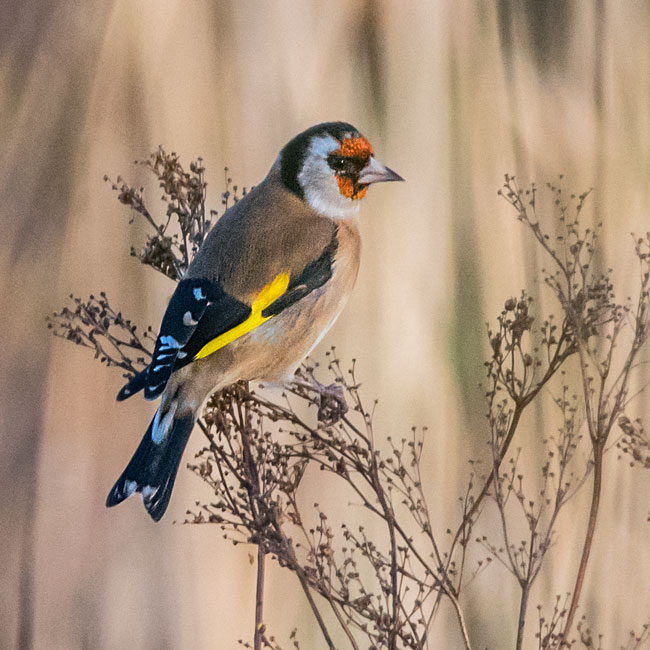
| Taken at Hogganfield Loch on 22nd January 2020 using Nikon D500 with Sigma 600 mm zoom lens. |  |
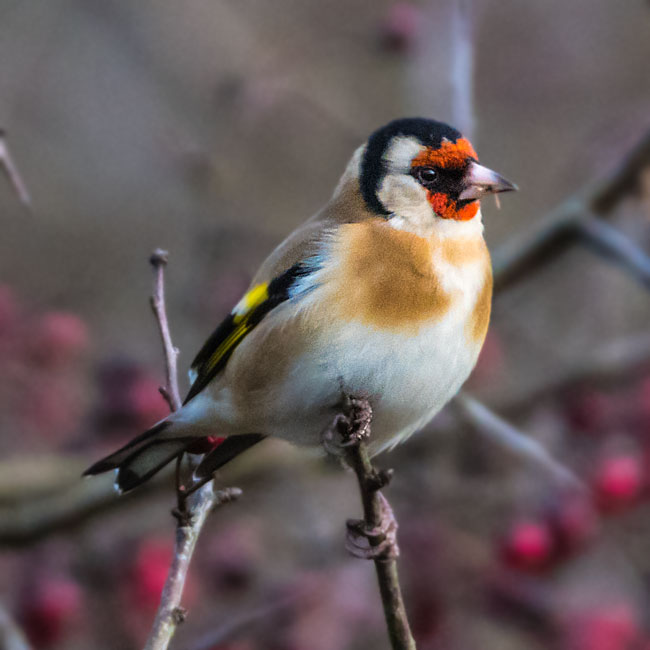
|
Taken
at Hogganfield Loch on 14th March 2019 using Nikon D500 with Sigma 600 mm zoom lens.
|
 |
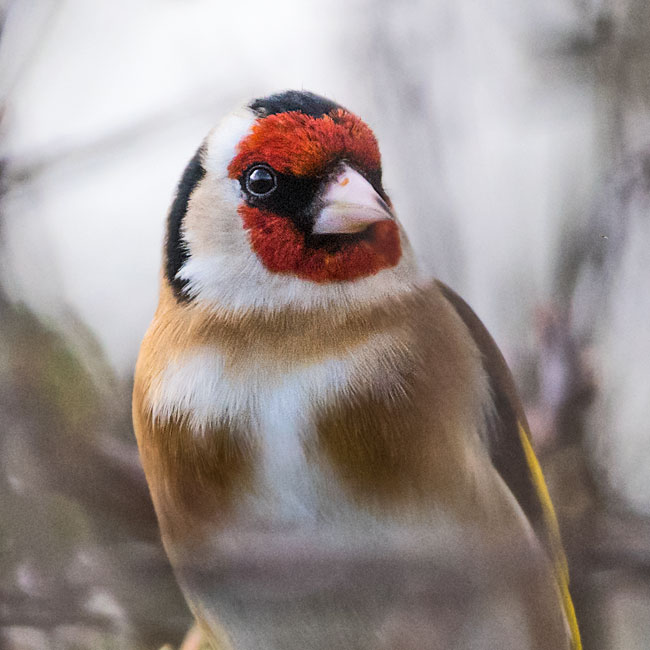
|
Taken
at Hogganfield Loch on 1st February 2019 using Nikon D500 with Sigma 600 mm zoom lens.
|
 |
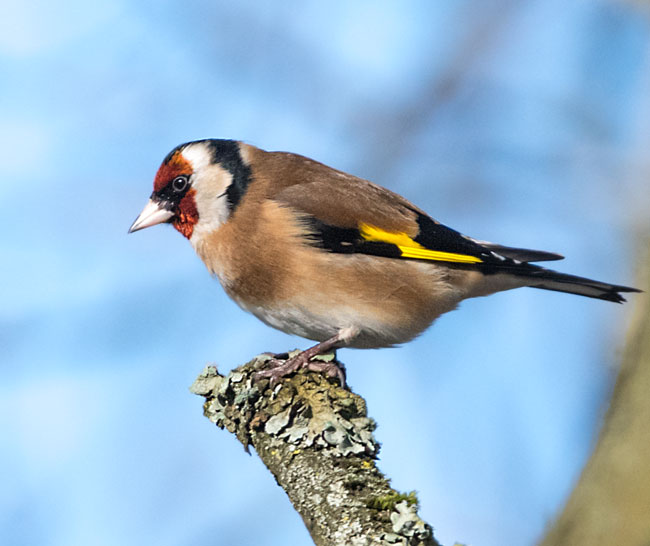
| Taken at Barns Ness on 7th February 2018 using Nikon D5200 with Sigma 600 mm zoom lens. |  |
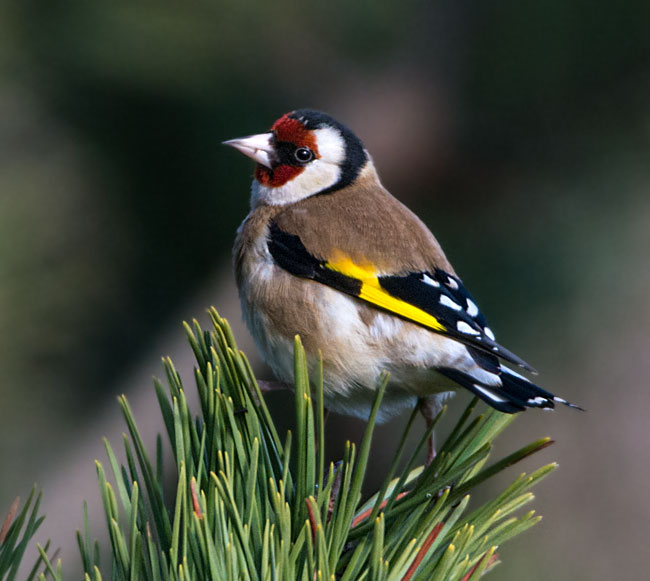
| Taken at Tyninghame Bay on 16th December 2018 using Nikon D500 with Sigma 600 mm zoom lens. |  |
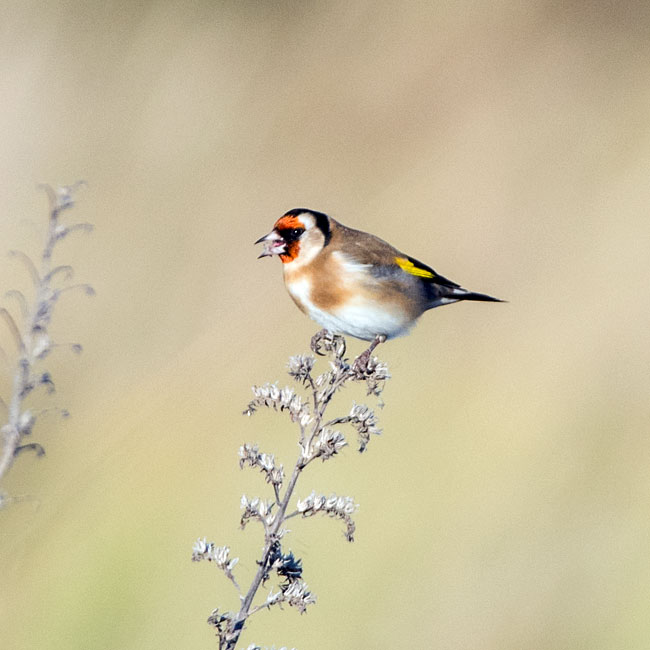
| Taken at Doonfoot on 25th November 2018 using Nikon D500 with Sigma 600 mm zoom lens. |  |
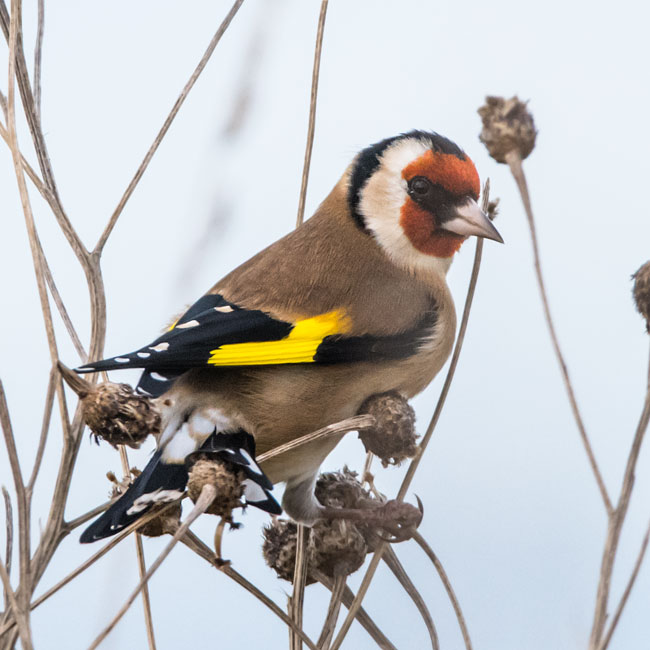
| Taken at Musselburgh on 5th November 2017 using Nikon D5200 with Sigma 600 mm zoom lens. |  |
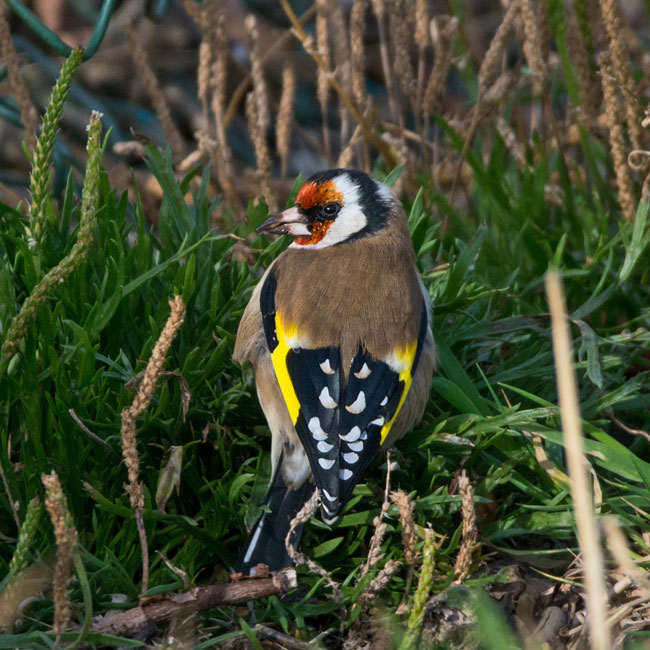
| Taken at Lochwinnoch on 13th April 2016 using Nikon D5200 with Sigma 150-500 mm zoom lens. |  |
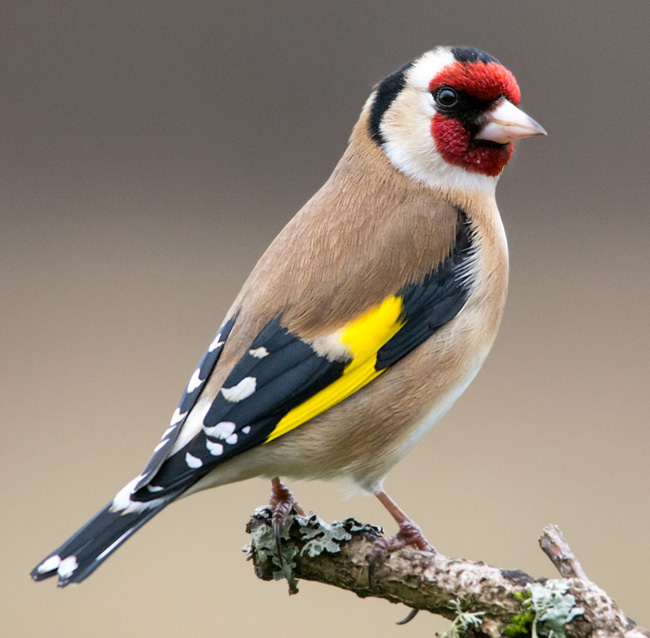
| Taken at Lochwinnoch on 16th April 2015 using Nikon D5200 with Sigma 150-500 mm zoom lens. |  |
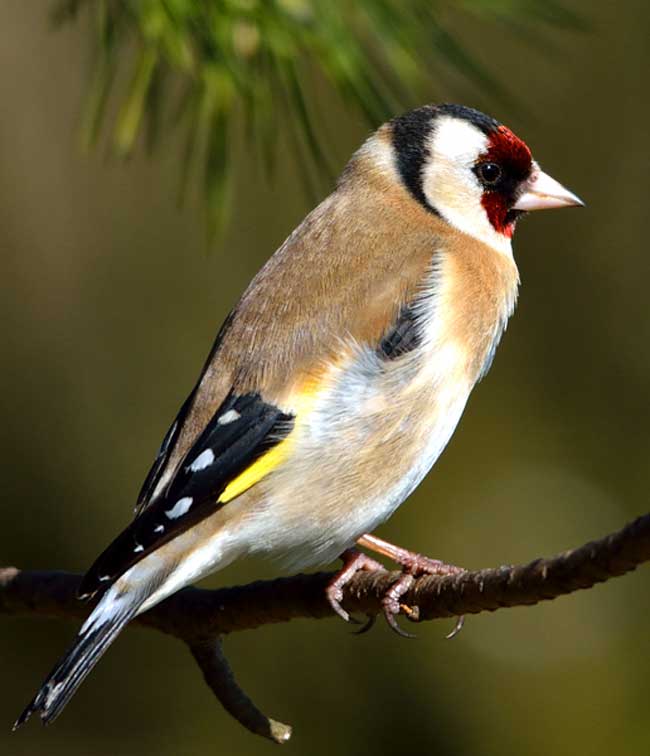
| Taken at Lochwinnoch on 15th April 2008 using Nikon D40X with Nikon 300 mm zoom lens. |  |

| Female Taken at Strathclyde Park on 2nd October 2020 using Nikon D500 with Sigma 600 mm zoom lens. |
 |
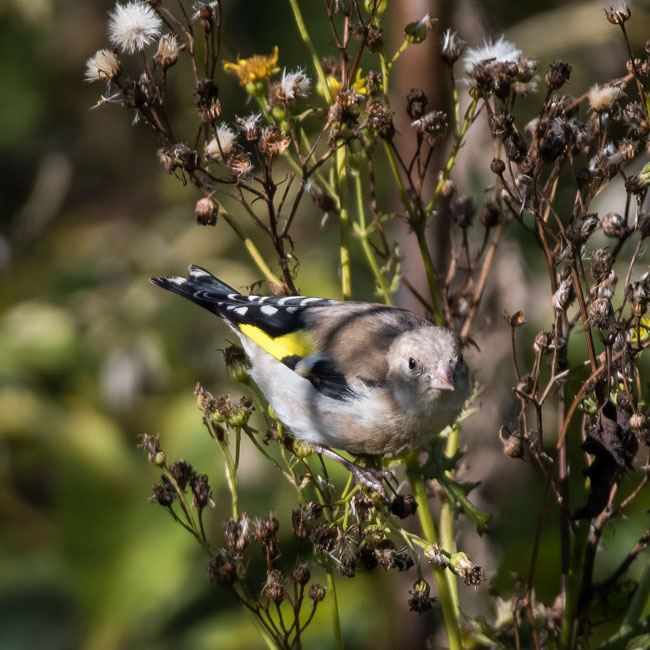
| Juvenile Taken at Cathkin Marsh on 24th August 2023 using Nikon D500 with Sigma 600 mm zoom lens. |
 |
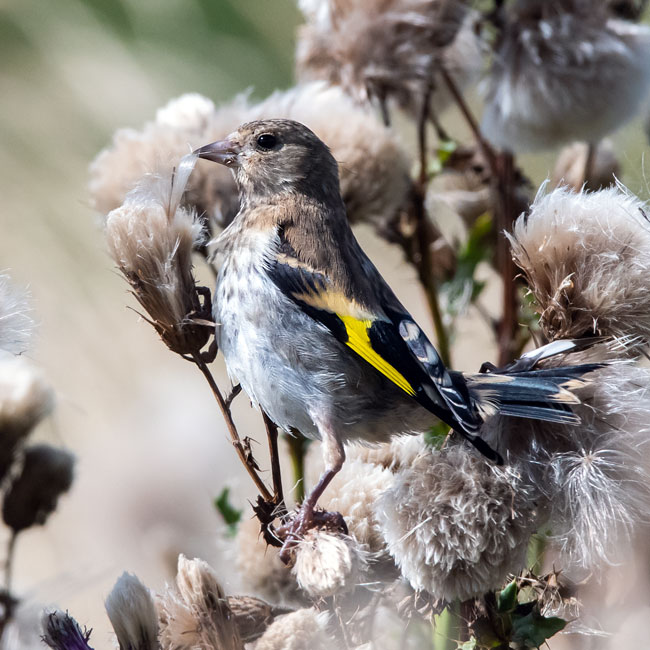
| Juvenile Taken at Hogganfield Loch on 4th September 2024 using Nikon Coolpix P950 |
 |

| Taken at Lochwinnoch on 26th October 2014 using Nikon D5200 with Sigma 150-500 mm zoom lens. |  |
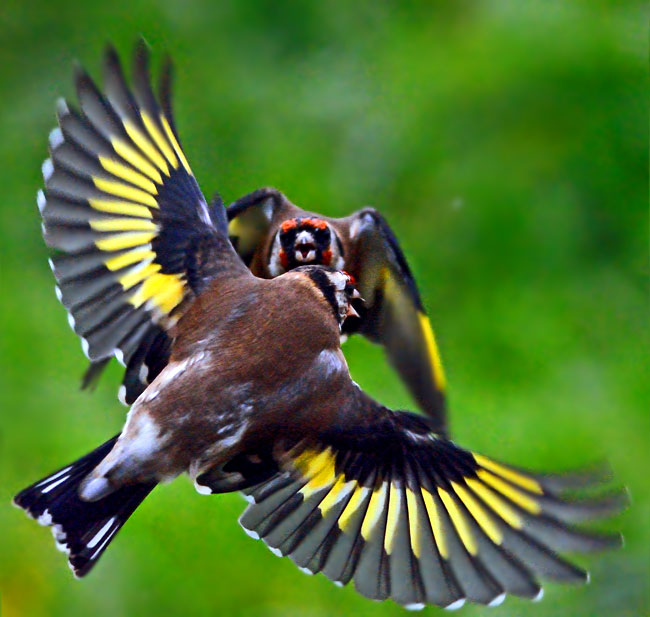
| Goldfinch |
| Species: Order: Family: Local Names: |
Carduelis
carduelis. Passeriformes. Fringillidae. |
| Site
Of Nest: Materials: Food: Feature: Plumage: Length: Breeding Period: Eggs: |
In
a tree or bush. Neat nest of roots,grass and cobwebs. Tree seeds, such as Alder and Birch, and on Thistle, Teasel and Dandelion seeds. It's name comes from the Latin for Thistle, Carduus. A mixture of red, white and black on the head, brown body and bright yellow wing bars. On closer inspection male Goldfinches can often be distinguished by a larger, darker red mask that extends just behind the eye. In females, the red face does not reach the eye. 12 - 13 cms. May - July. 5 - 6. Pale blue with reddish markings. |
| Voice: |